The early 1960s saw the Porsche 356 nearing the end of its development The air-cooled flat-four engine had been extended from 1.1 litres to a full 2.0 litres and the bodywork had been enlarged and reshaped to improve passenger space, but Porsche wanted something even bigger and faster. A new car with a new engine was necessary, and it arrived in 1964.
The new design retained the 356’s basic layout, mounting an air-cooled, horizontally-opposed engine behind the rear axle line. But the engine was all-new, a 130bhp six-cylinder unit with a single overhead camshaft on each cylinder bank. The suspension, however, was very different: at the front the 356’s trailing arms gave way to more compact torsion-sprung struts, and at the rear the tricky swing axles were replaced by semi-trailing arms. The new car was longer so that it could offer more interior space, and was given a distinctive shape by Ferdinand Alexander Porsche.
Porsche called its new machine the 901, until Peugeot objected. The French company had long used three-digit numbers with a central zero for its own cars, so Porsche renamed its new model the 911, and an icon was born.
Early on the 911 proved to be unstable in a straight line, and in corners it generated strong initial understeer and violent lift-off oversteer. And it handled differently in left- and right-hand corners. Some examples were worse than others, and the cause was traced to production variations which upset the suspension geometry. A quick fix was to insert an 241b (11 kg) cast-iron weight into each end of the front bumper, to make the weight distribution less rear-biased and to increase the polar moment of inertia, making the 911 stable in corners.
Another problem was a flat spot in the middle of the rev-range. The solution was to ditch the special triple-barrel Solex carbs originally fitted to 91 is in favour of triple-choke Weber carbs which had originally been designed for Lancia V6 engines.
Early cars were all fixed-head coupes, but in 1965 Porsche introduced an open-top 911 with a substantiaI fixed roll-over hoop, a removable roof section and a drop-down rear window (though this was quickly changed to a fixed, wraparound rear screen). Porsche called it a ‘Targa’ top, named after the Targa Florio road race which Porsche had already won on four occasions.
A 911S with bigger valves and higher compression appeared in 1967, and then in 1971 the stroke of the flat-six engine was increased to produce a capacity of 2341cc. In 1973 Porsche unveiled probably the most sought after 911 of all, the Carrera RS, with a big-bore 2687cc engine and 210bhp, together with a lightweight body, thinner glass and no rear seats. The combination of greater power and lighter weight made the Carrera RS one of the fastest 911s of the 1970s.
Throughout that decade Porsche would try to replace the 911, notably with the front-engined, water-cooled 928 – but the 911 kept on selling. Regular revisions kept the range fresh, including the addition of a 231bhp 3.2-litre normally-aspirated engine and a full cabriolet.
But time was against the 911. More than a quarter of a century after production began it was comprehensively re-engineered as the type 964.
1972 Porsche 911 Carrera RS
Engine 2687cc air-cooled flat six
Bore x stroke 90 x 70.4mm
Valvegear Single overhead camshaft per cylinder bank
Fuel system Bosch K-Jetronic fuel injection
Power 210bhp at 6300rpm
Suspension Front: struts and torsion bars; rear: semi-trailing arms and torsion bars
Brakes Hydraulic disc brakes all round, servo assisted
Top speed 150mph (241km/h)
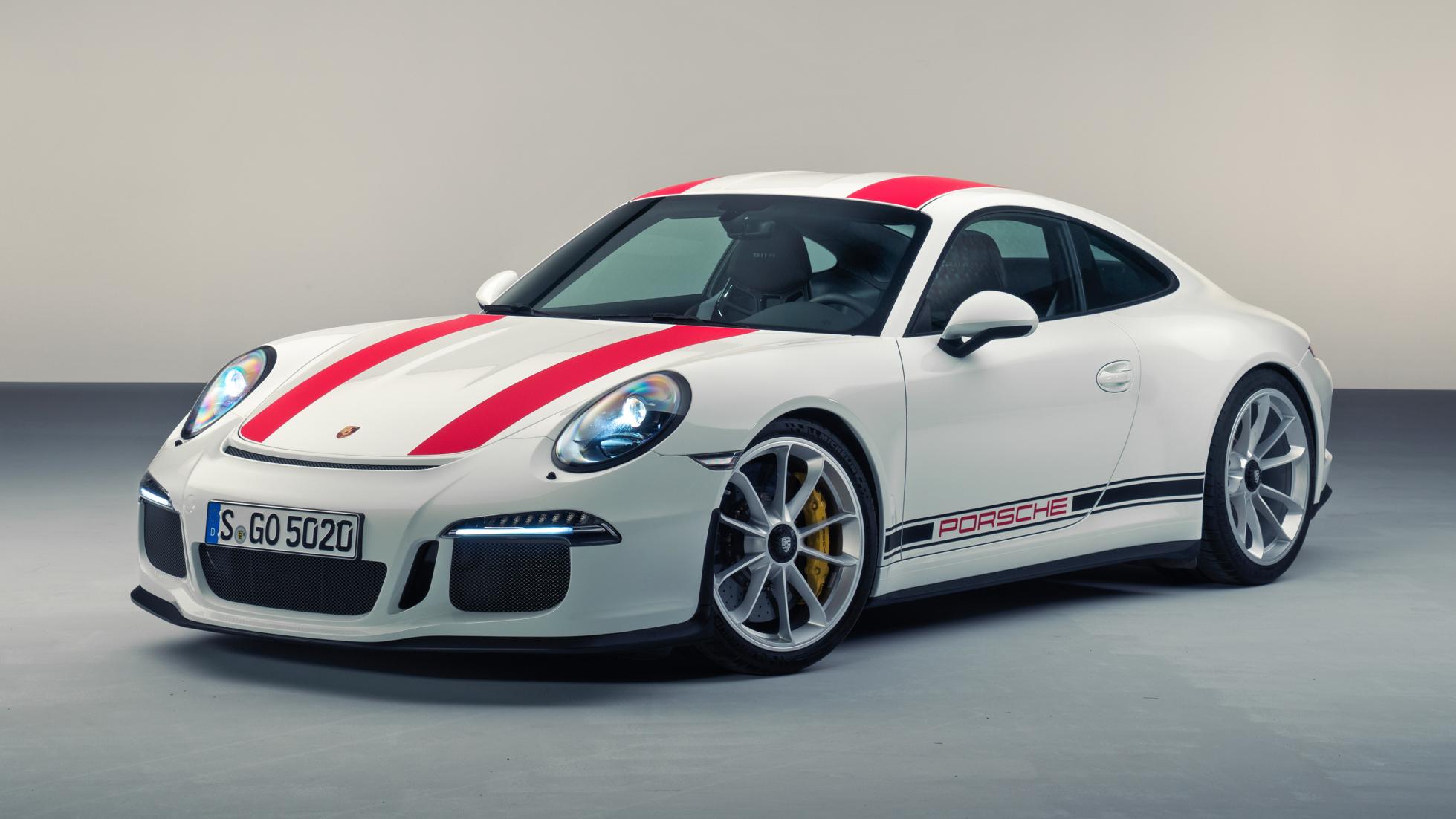













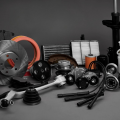
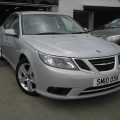


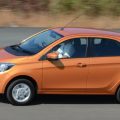



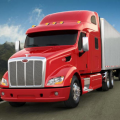
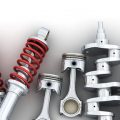
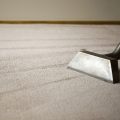





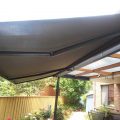

No Comments
Leave a comment Cancel